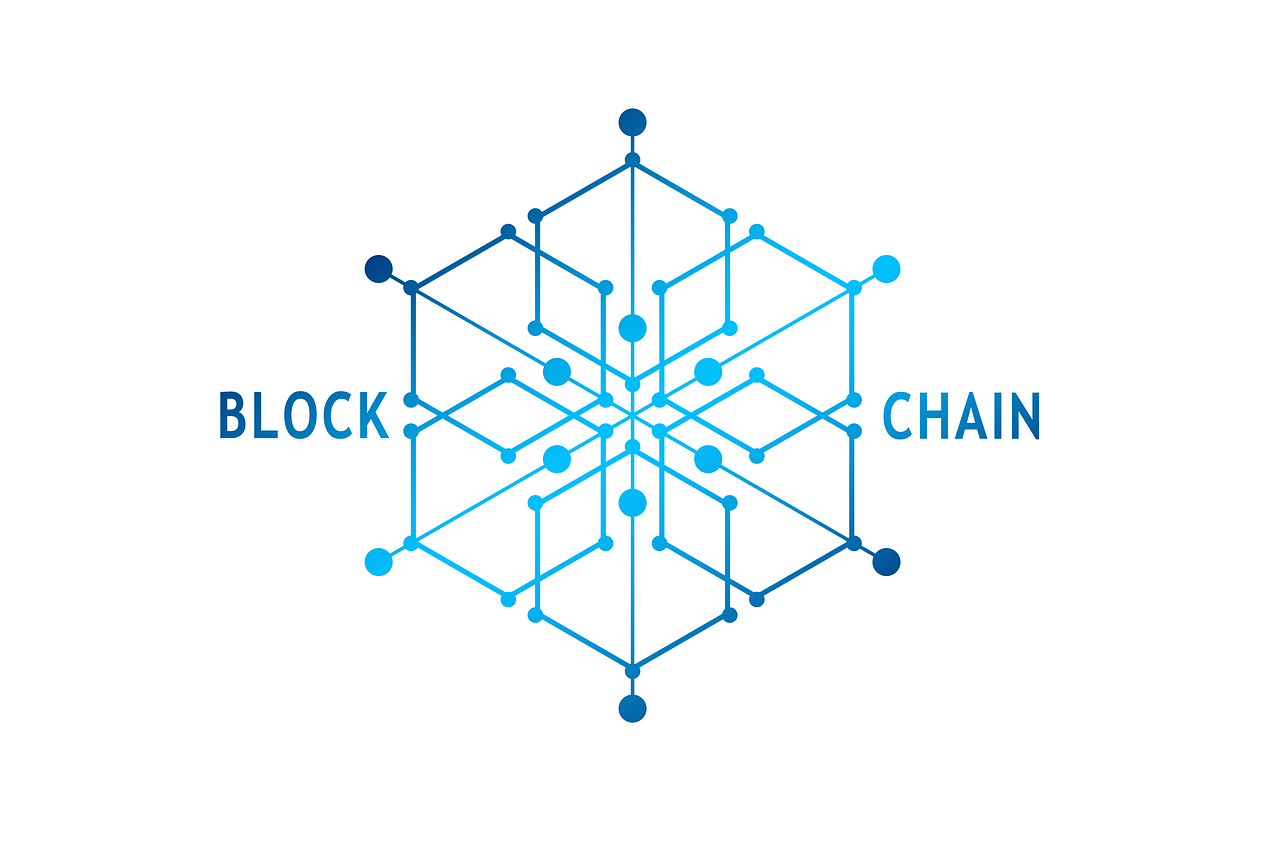Physical Address
304 North Cardinal St.
Dorchester Center, MA 02124
Physical Address
304 North Cardinal St.
Dorchester Center, MA 02124


Blockchain is a buzzword we often hear, especially when people talk about Bitcoin or cryptocurrencies. But what exactly is it, and why does it matter? When I first came across blockchain, I was fascinated by how it could simplify things like payments, property records, or even supply chain management. So, let me break it down in a way that makes sense to all of us—not just techies.
Think of blockchain as a digital ledger—like a diary where you jot down every important transaction. But here’s the twist: this diary isn’t stored in one place. Instead, everyone involved has a copy, and no one can edit past entries without everyone knowing.
Here’s the cool part: blockchain is decentralized, meaning there’s no single person or authority in charge. Instead, it’s run by a network of people, or computers, spread across the globe. This setup makes it super secure and transparent.
To really understand blockchain, let’s break it into simpler bits:
Imagine a LEGO tower. Each brick is like a “block” in blockchain, containing three things:
In regular systems, like banks or government databases, one central authority manages everything. Blockchain flips this idea. Instead, it works on a peer-to-peer network, where everyone has equal access to the records. It’s like a public bulletin board where anyone can verify the data.
Before adding a new block to the chain, everyone in the network must agree it’s valid. This is done through “voting” mechanisms, the most common being:
Once a block is added to the chain, it’s almost impossible to change. Why? Because tampering with one block would require altering every single block after it, which is practically impossible in large networks.
There’s no central server or authority controlling blockchain. It’s like a democracy where everyone gets a say.
Every transaction is visible to participants. Imagine being able to trace where your donation went in real time!
Blockchain is like a vault that’s nearly impossible to break into. Thanks to cryptographic techniques, your data stays safe.
Think about how long it takes to send money abroad using a bank. Blockchain can do that in minutes—no middlemen, no delays.
By cutting out intermediaries like banks or brokers, blockchain reduces transaction fees.
When I first learned about blockchain, I thought there was just one type. Turns out, there are actually three:
These are open to everyone. Bitcoin and Ethereum are the most famous examples. They’re great for transparency but not always the fastest.
These are controlled by a specific organization. Think of them as exclusive clubs, used mostly for internal business processes like tracking inventory.
A mix of public and private, these are managed by a group of organizations. They’re ideal for industries like banking, where trust and collaboration are key.
Honestly, I believe blockchain isn’t just for tech enthusiasts. It has real-world benefits that can make life easier for all of us. Here are a few:
Ever worried about your online data being hacked? Blockchain’s cryptographic design makes that almost impossible.
Imagine knowing exactly where your food came from—blockchain makes that happen in supply chains.
Forget waiting days for international payments to clear. Blockchain does it in a matter of minutes.
With no middlemen, businesses can save a lot of money. This means cheaper services for us as consumers.
These are like digital “if-then” rules that automatically execute agreements. For example, if you rent an apartment, the rent payment can be automatically transferred once the landlord hands over the keys.
When I first learned about blockchain, I thought it was only about Bitcoin. But it’s so much more! Here are a few industries where blockchain is making waves:
Banks are using blockchain to speed up payments, reduce fraud, and lower costs. Cryptocurrency is just the tip of the iceberg.
Companies like Walmart are using blockchain to track food from farm to table. No more guessing where your spinach came from!
Blockchain ensures your medical records are secure and accessible only to authorized personnel. It’s also helping fight counterfeit drugs.
Buying or selling property can take weeks. Blockchain simplifies the process, making it faster and more transparent.
Imagine a world where you can vote online without worrying about fraud. Blockchain is paving the way for secure digital elections.
Artists can protect their work and get paid directly through blockchain, cutting out middlemen.
Of course, blockchain isn’t perfect. Here are some hurdles it still needs to overcome:
Most blockchains can’t handle large volumes of transactions yet. For example, Bitcoin processes only about seven transactions per second, compared to thousands by Visa.
Some systems, like Bitcoin mining, use a lot of energy. This raises environmental concerns.
Governments are still figuring out how to regulate blockchain, which creates uncertainty for businesses.
Let’s face it—blockchain isn’t the easiest thing to understand or implement.
Nope, but they’re related. Blockchain is the technology, and cryptocurrency is just one application of it. Think of blockchain as the engine and cryptocurrency as the car. Bitcoin, Ethereum, and others use blockchain to record transactions securely and transparently.
Personally, I think blockchain is like the internet in its early days. We’re only scratching the surface of what it can do. Here’s what I’m excited about:
If you’re still wondering whether blockchain is worth learning about, my answer is a resounding “yes.” Whether it’s making payments faster, protecting your data, or ensuring transparency, blockchain has something for everyone. It’s not just a tech trend—it’s a glimpse into the future.
So, what do you think? Could blockchain change the way we live and work? I believe it’s already starting to. If this has piqued your interest, dive deeper into its applications, and who knows—you might just uncover the next big idea!